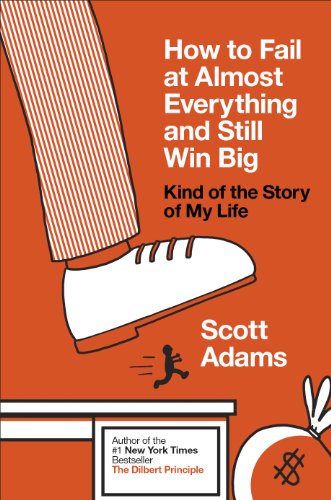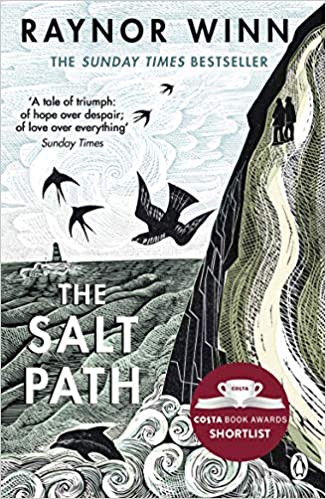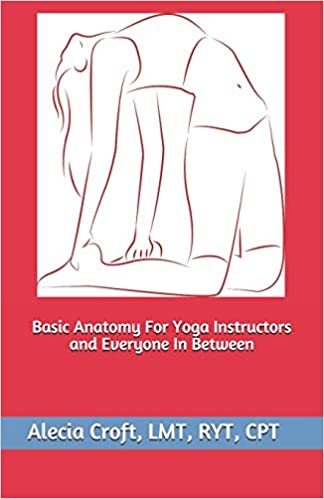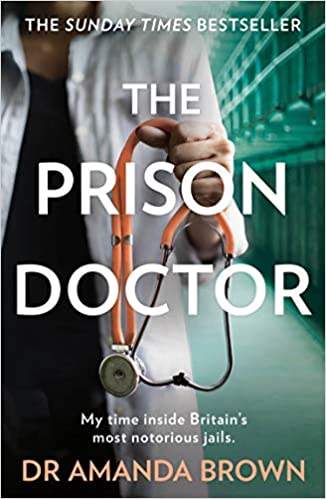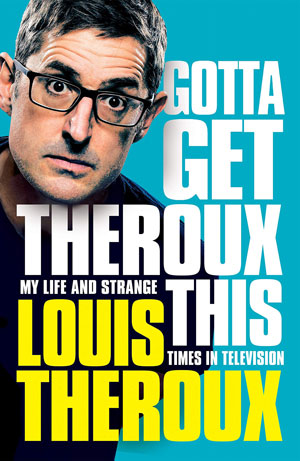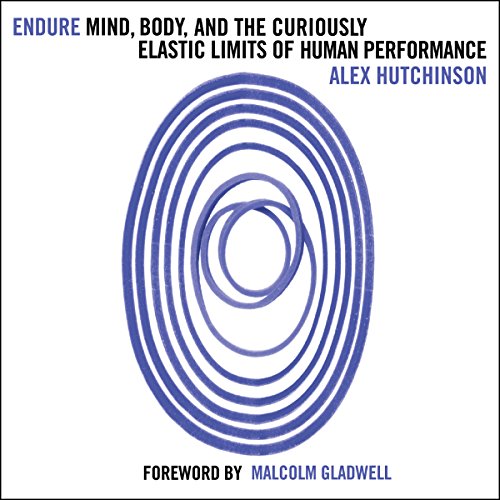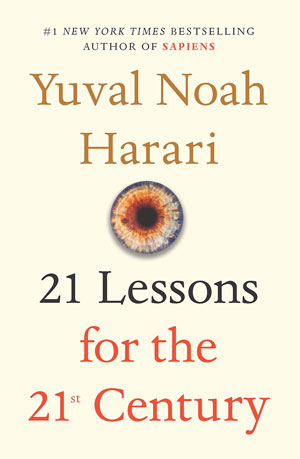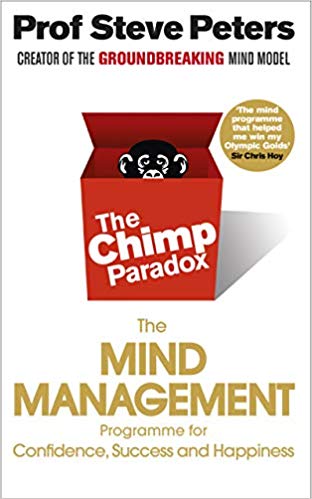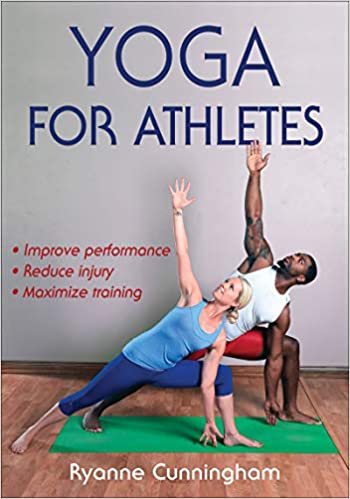Be Useful
Saturday, April 27th, 2024 | Books
Be Useful: Seven Tools for Life is an inspiration-style self-help book by Arnold Schwarzenegger. It is part auto-biography with each rule taken from his life and illustrated by the success it brought him.
The rules are typical for what you would expect in this kind of book: set a vision and work your arse off to get it. But Schwarzenegger places an emphasis on humility and listening, documenting his failures as much as his successes. For example, he hates the term “self-made man” because it ignores all of the people who helped him.
There is a dichotomy in the message. You have to ignore the nay-sayers. But you also have to work together and build consensus with others.
People without vision are threatened by those who have it
It is written in a very conversational style, or at least read this way. Schwarzenegger narrates the audiobook and it is peppered with jokes, apologies if his dog makes any noise and a sense of wonder at some of the amazing people’s stories he uses in the book.
I did take exception when he talked about Reg Park coming from a “small industrial town” in the north of England. Reg Park came from Leeds. It is the second biggest city in the sixth largest economy in the world. And we didn’t even get a name-drop 😆.
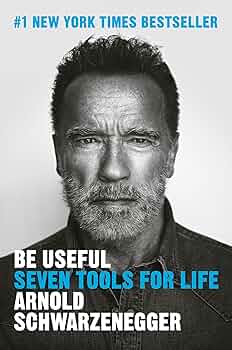
Be Useful: Seven Tools for Life is an inspiration-style self-help book by Arnold Schwarzenegger. It is part auto-biography with each rule taken from his life and illustrated by the success it brought him.
The rules are typical for what you would expect in this kind of book: set a vision and work your arse off to get it. But Schwarzenegger places an emphasis on humility and listening, documenting his failures as much as his successes. For example, he hates the term “self-made man” because it ignores all of the people who helped him.
There is a dichotomy in the message. You have to ignore the nay-sayers. But you also have to work together and build consensus with others.
People without vision are threatened by those who have it
It is written in a very conversational style, or at least read this way. Schwarzenegger narrates the audiobook and it is peppered with jokes, apologies if his dog makes any noise and a sense of wonder at some of the amazing people’s stories he uses in the book.
I did take exception when he talked about Reg Park coming from a “small industrial town” in the north of England. Reg Park came from Leeds. It is the second biggest city in the sixth largest economy in the world. And we didn’t even get a name-drop 😆.

